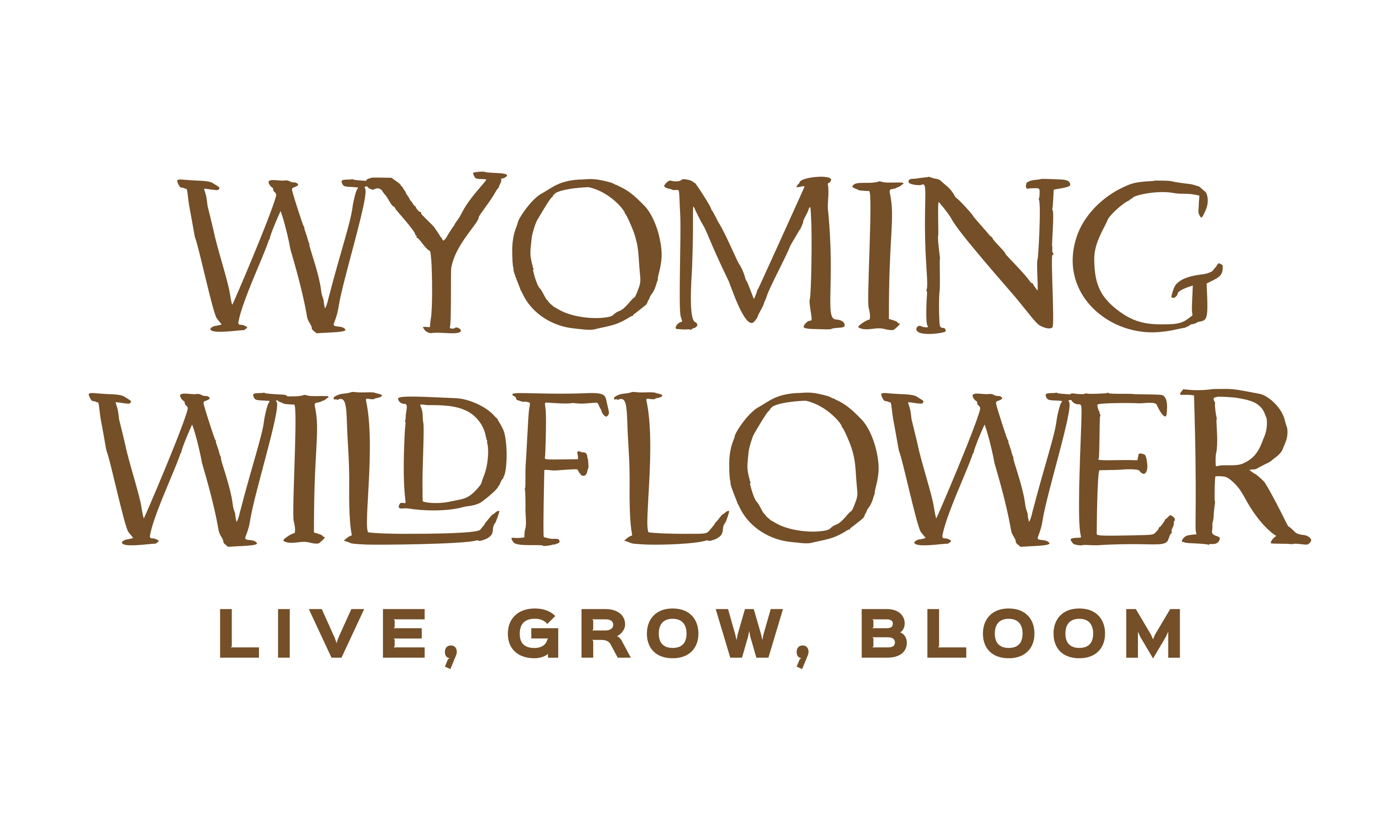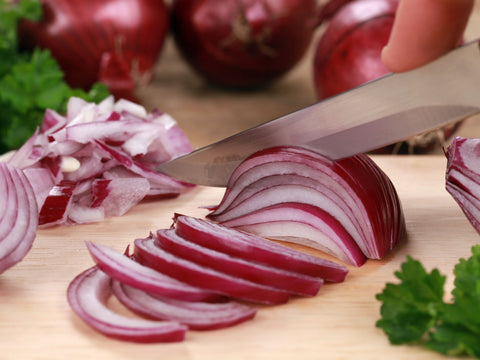The history of lavender dates back thousands of years, and this beloved plant has been an integral part of human civilization since ancient times. Its fascinating journey encompasses various civilizations, cultures, and uses. From its origin in the Mediterranean region to its spread across the world, lavender has left an indelible mark on history as a versatile and cherished herb.
The earliest records of lavender can be traced back to the ancient Egyptians, who used it for embalming and as a perfume. The Egyptians believed in the herb's powerful properties and even used lavender in their cosmetics. Lavender was also highly valued by the Phoenicians and the Arabians, who used it in their perfumes, medicines, and religious rituals.
In ancient Greece and Rome, lavender gained popularity for its medicinal properties. The renowned Greek physician, Dioscorides, mentioned lavender's therapeutic benefits in his book, "De Materia Medica." The Romans, particularly the famous naturalist Pliny the Elder, recognized lavender as a precious herb and used it as a flavoring agent. Lavender also found its way into Roman baths, where its relaxing aroma was utilized to provide a soothing experience.
During the Middle Ages, lavender became widely cultivated in Europe, primarily for its medicinal value. Monastic gardens and monasteries played a crucial role in preserving and propagating lavender cultivation. Distilleries were established to extract the essential oil from the flowers, which was widely used in medicines, cosmetics, and even cooking. Lavender also served as a potent insect repellent and was used to ward off pests from homes.
By the 17th century, lavender had cemented its position as a popular garden plant in Europe. It was sought after not only for its aromatic qualities but also for its ornamental value. Lavender gardens became fashionable in England, and lavender was used to create potpourri and sachets, which were placed in wardrobes to ward off moths and keep clothes smelling fresh.
As explorers and traders ventured into new territories, lavender's seeds and knowledge of its uses were spread across the globe. The English colonists brought lavender to America, where it flourished and became an essential ingredient in many traditional remedies and culinary delights.
Today, lavender continues to captivate the world with its beauty and versatility. It is grown and cultivated in many regions, promoting economic development by providing a source of income to local farmers. Lavender's essential oil is widely used in aromatherapy to induce relaxation and alleviate stress. Its delicate fragrance finds its way into a myriad of products, including soaps, candles, and perfumes.
The history of lavender is a testament to the enduring appeal and numerous uses of this beloved herb. From ancient civilizations to modern times, it has been cherished for its therapeutic properties, culinary uses, and aromatic qualities. As high school students, we can appreciate and learn from the rich history of lavender, recognizing its profound influence on our past and its continued significance in our present lives.
Article By: Heather Campa, Wyoming Wildflower



